The HTC One M9 Review: Part 1
by Joshua Ho on March 22, 2015 7:00 PM EST- Posted in
- Smartphones
- HTC
- Qualcomm
- Mobile
- Snapdragon 810
- One M9
Software: Sense 7
On the software side of things, HTC has refreshed Sense for its latest incarnation, but the changes are relatively few and we’ve generally covered most of them in the launch article, but it’s still well worth going over again. With this new generation of Sense, HTC seems to be more focused upon refining Sense rather than a major redesign. To this end, they’ve introduced a few new key features, but everything else has had only a few minor changes in terms of aesthetics in order to clean things up.
The first major feature that HTC wants to highlight is Sense Home, which is effectively a system that relies on location and time of day to present applications and to avoid cluttering home screens with a sea of icons, as HTC puts it. To this end, I found that the system actually works pretty well, but I’m not really sure if it’s all that valuable as I tend to use a small set of the same applications regardless of location and the time of day. I think the harder problem that HTC needed to solve to really make this a compelling experience is to try and predict cases where applications aren’t on a homescreen but are likely to be used in the near future. However, the problem here is that Google Now basically solves that problem as well. As a result, power users aren’t really going to be very interested in using this widget. There are also some issues with how the app requires a “recommended apps” folder, which ends up rather intrusive in practice feels closer to sponsored placement than anything else.
The other features HTC highlighted as new additions were additional personalization and lock screen recommendations. In general, these are definitely helpful additions to the UI. The personalization allowed on the on screen buttons makes it possible to do things like enable and disable rotation, hide the on screen buttons, put the phone to sleep, open the notification drawer, or open the quick settings drawer. The ability to customize and rearrange these navigation buttons is definitely a neat feature, and it’s good to see that HTC is taking advantage of the on screen buttons even if it isn’t a novel idea.
Themes were the other aspect that was meant to make Sense 7 more personal for the end user, and this is probably the single biggest change to Sense 7 when compared against the previous version. HTC has really made it easy to customize themes with a single tap, by taking a wallpaper or any photo and automatically generating icons, backgrounds, and color schemes based upon the photo given. In addition, it’s possible to download themes from HTC’s theme application, and it’s also possible to make a custom theme online for extra control. In practice, after testing out the theming system, I’m not really sure that the default system is really all that useful. It does work as promised, but the results aren’t really going to fit with anything that follows Holo or Material Design guidelines. I definitely think that someone that makes a determined effort could make a compelling theme, but this is by no means guaranteed.
The final change is to the lock screen, which introduces food and drink recommendations on the lock screen. Once again, there’s a sense that this isn’t done purely for the sake of user experience, but in my experience this aspect of Sense is at least somewhat helpful, even if most suggestions end up being ignored. In practice, I’m not sure that a lot of users will find this feature all that helpful, and there is some level of concern that such location polling could reduce battery life, but it’s hard to notice such impacts without extensive usage and comparison.
Outside of these changes, Sense 7 is mostly composed of cosmetic changes. These do help to make the UI look a bit more modern, but HTC definitely needs to do a redesign to make everything fit in with material design. Unfortunately, it’s rather hard to show this with pictures as so much of Material Design is focused on animations which help to introduce a sense a continuity. While Lollipop’s animations help to make it feel like everything is grounded in a certain way, Sense 7 seems to have some rather jarring animations, such as returning to home screens without any real transition at all. There are cases where HTC does get this right, like the quick settings menu, but in general this seems to be a weakness of Sense 7.
Overall, Sense 7 remains a relatively strong UI, even if the additions over Sense 6 aren’t particularly compelling. HTC has managed to do a good job here, but future versions definitely need to focus more strongly on keeping up with Google’s design guidelines. There also seems to be some minor frame drops in rare cases in the UI, which seems to suggest either that Sense 7 isn’t as optimized as Sense 6 or that the Snapdragon 810 isn’t able to ramp up as quickly to respond to demand as previous SoCs.


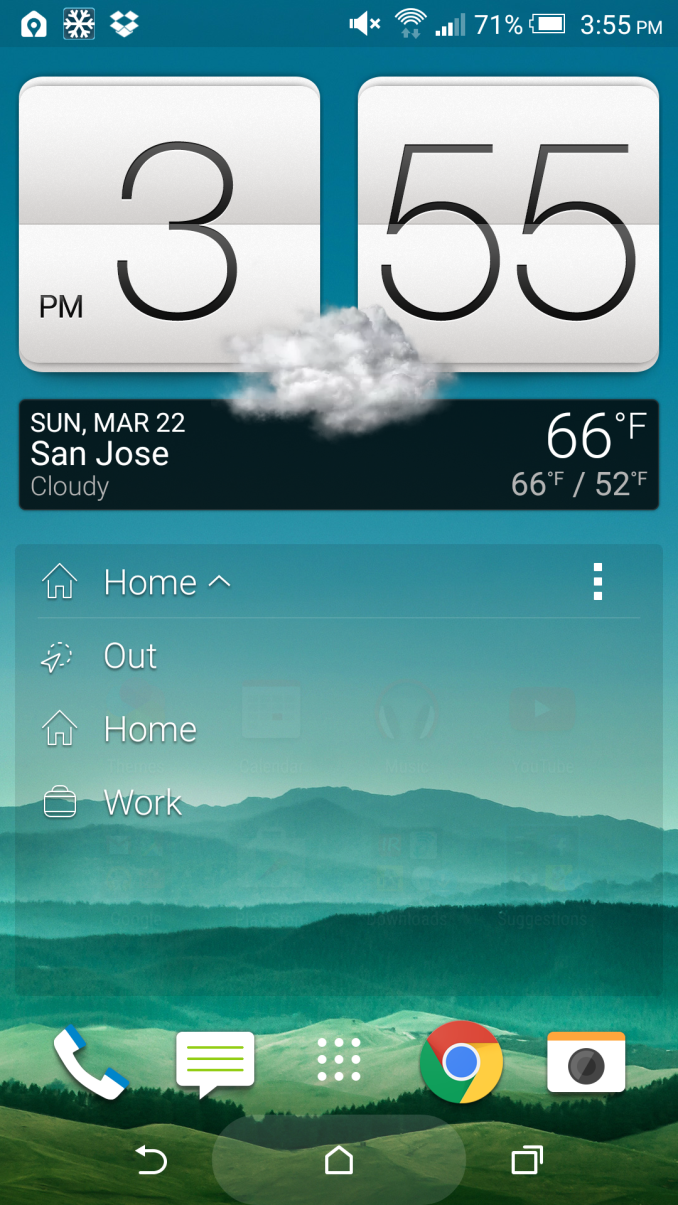
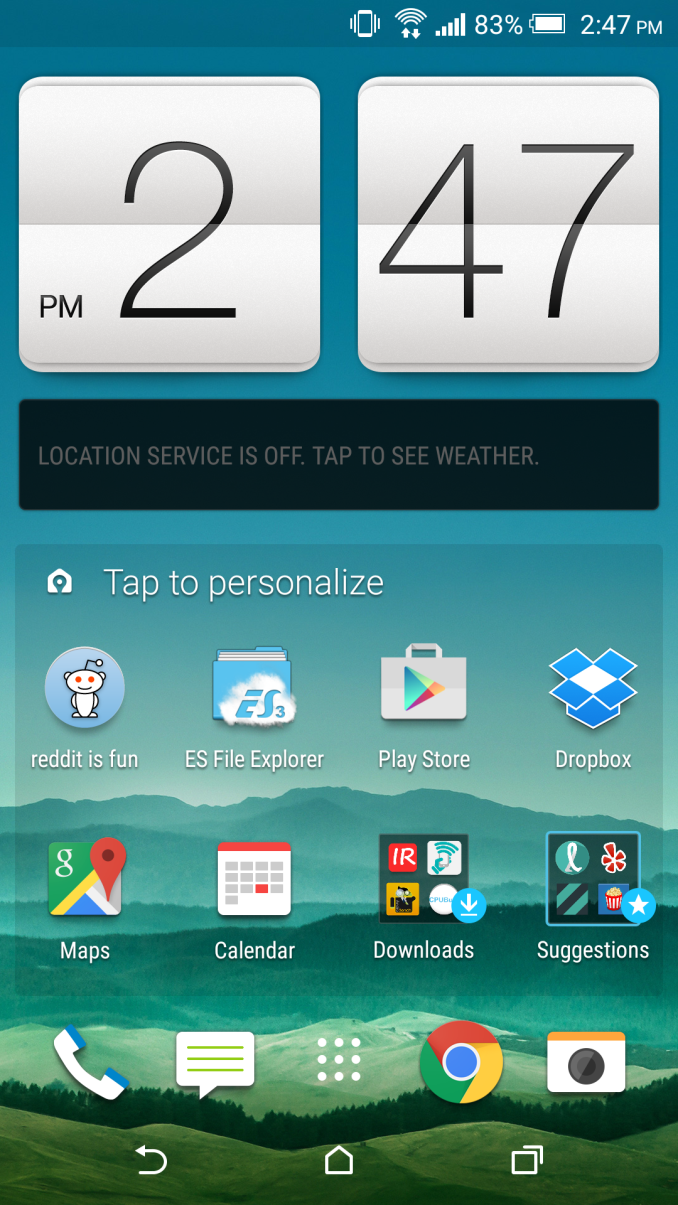
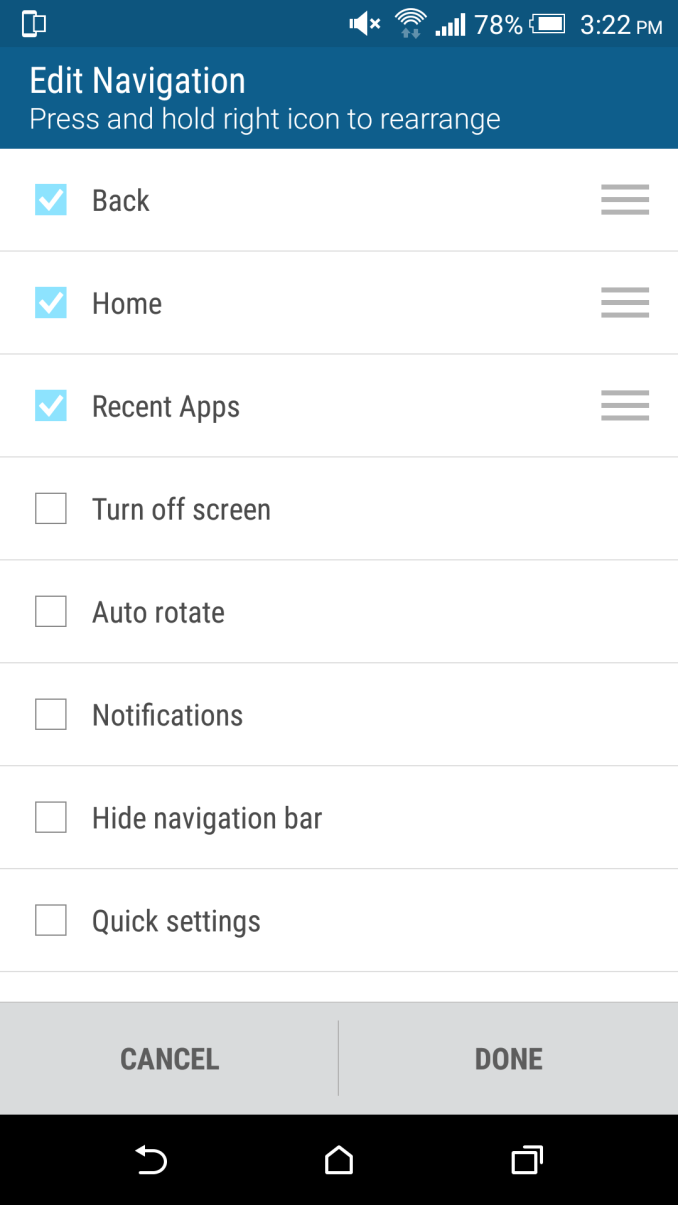
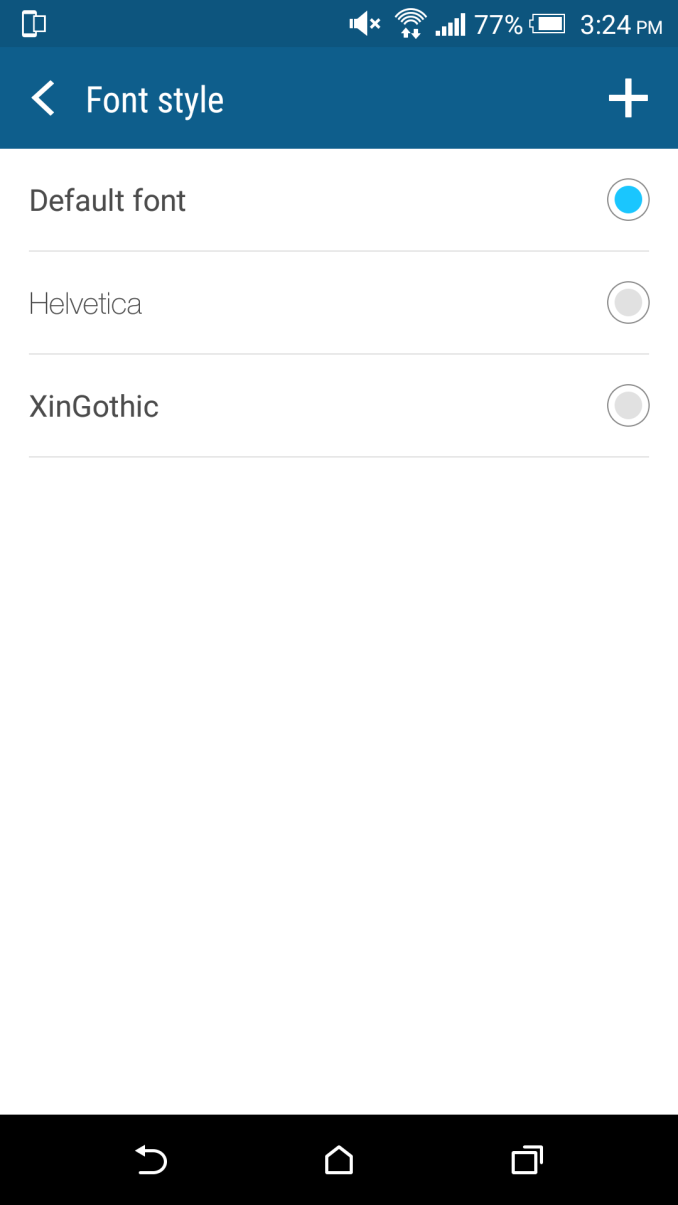
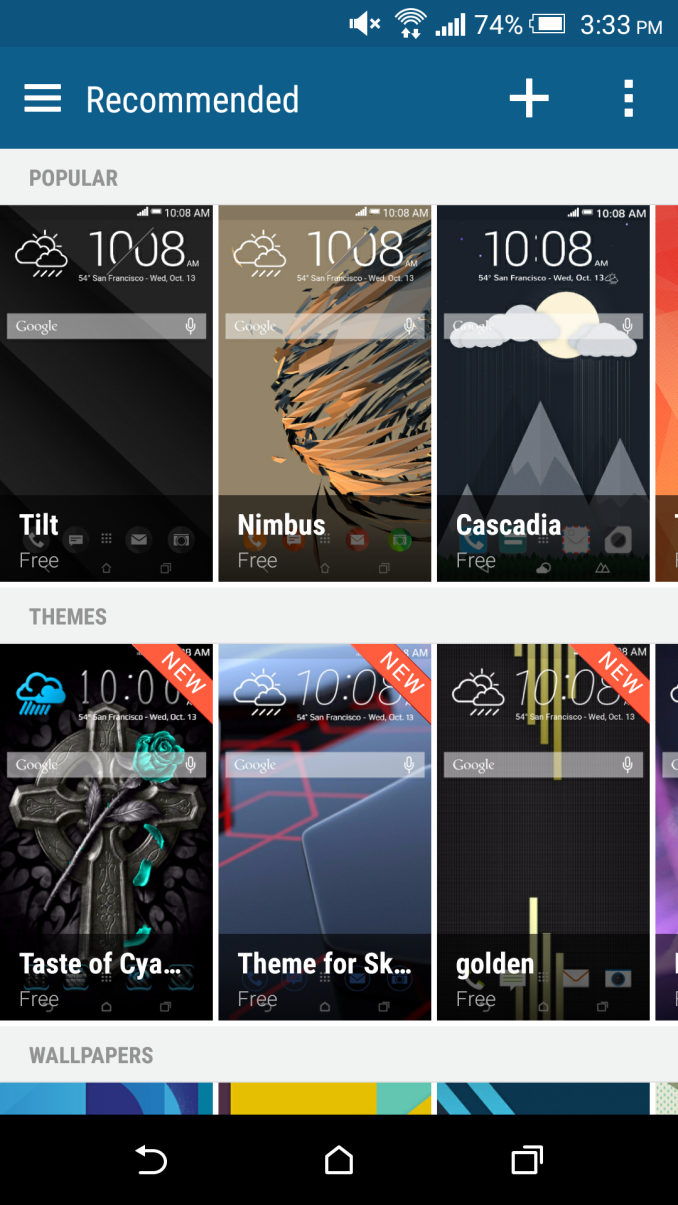
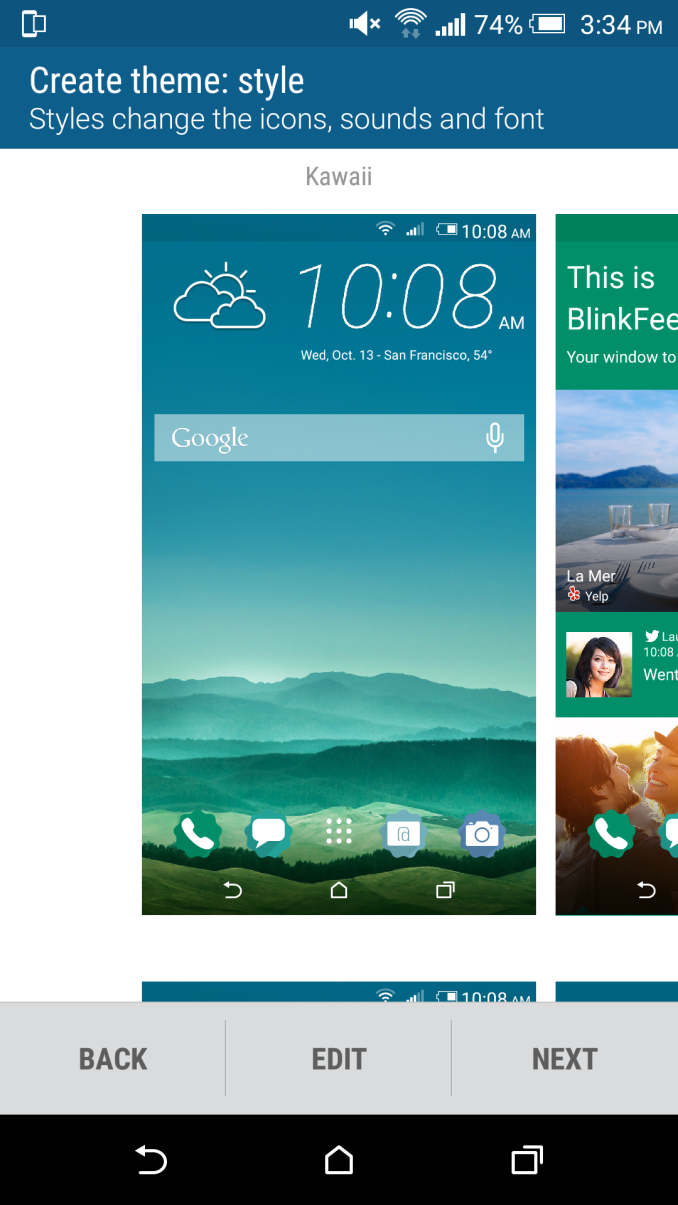
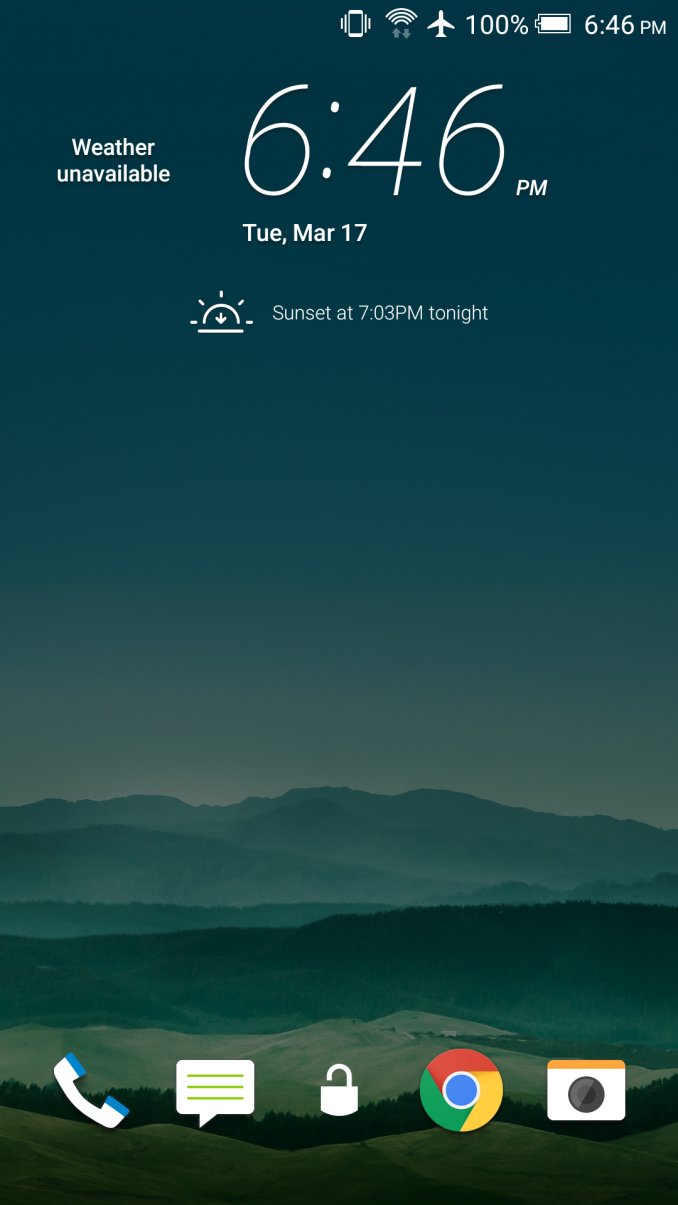
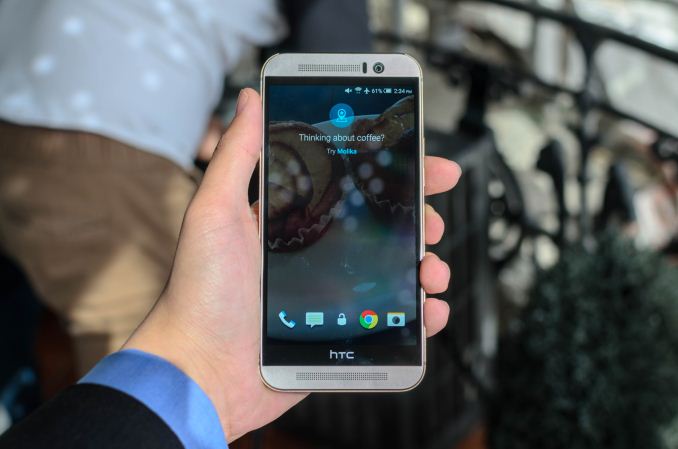
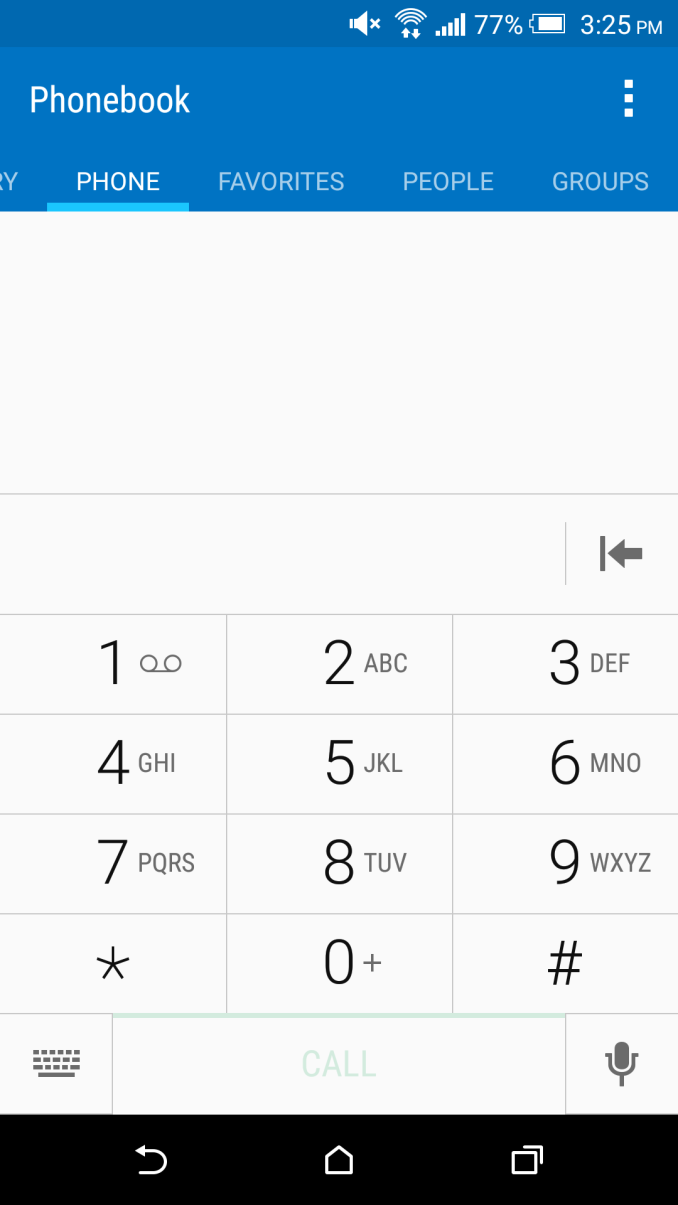
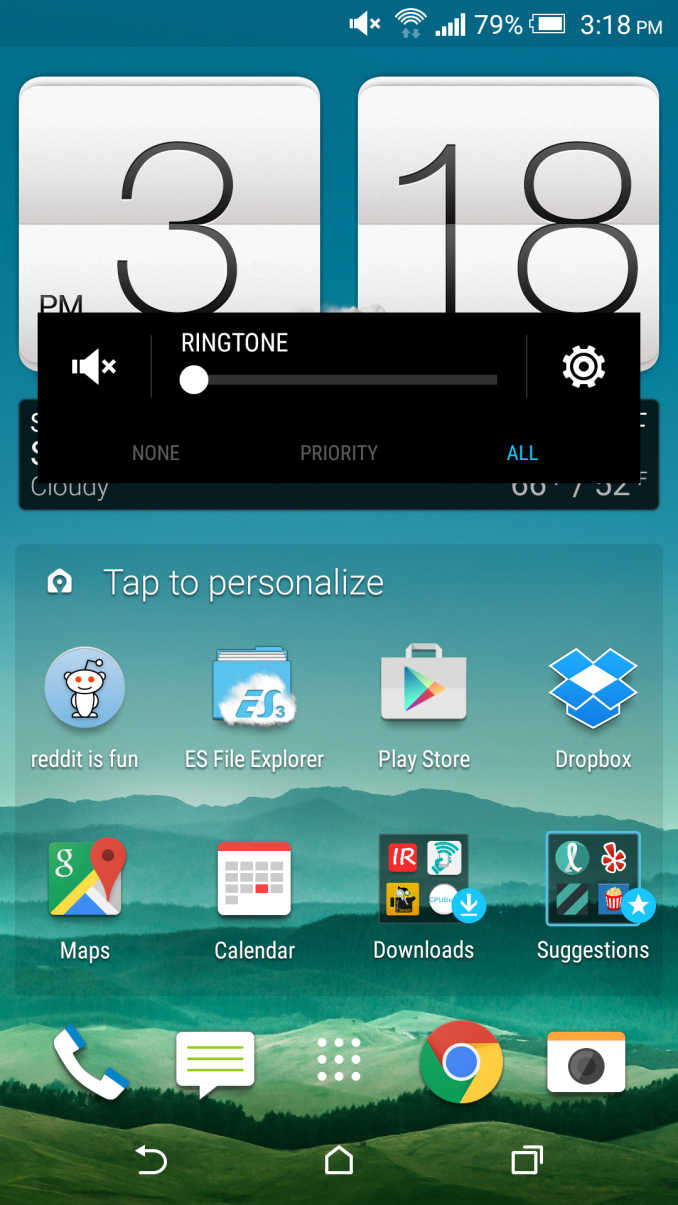
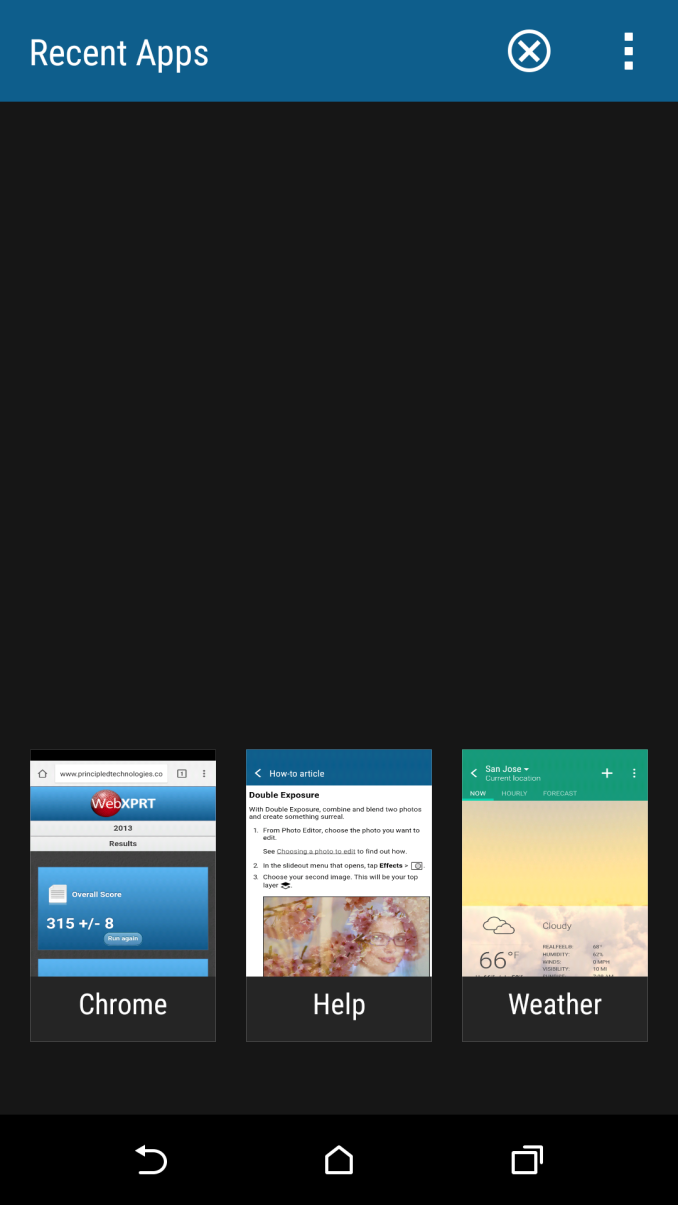
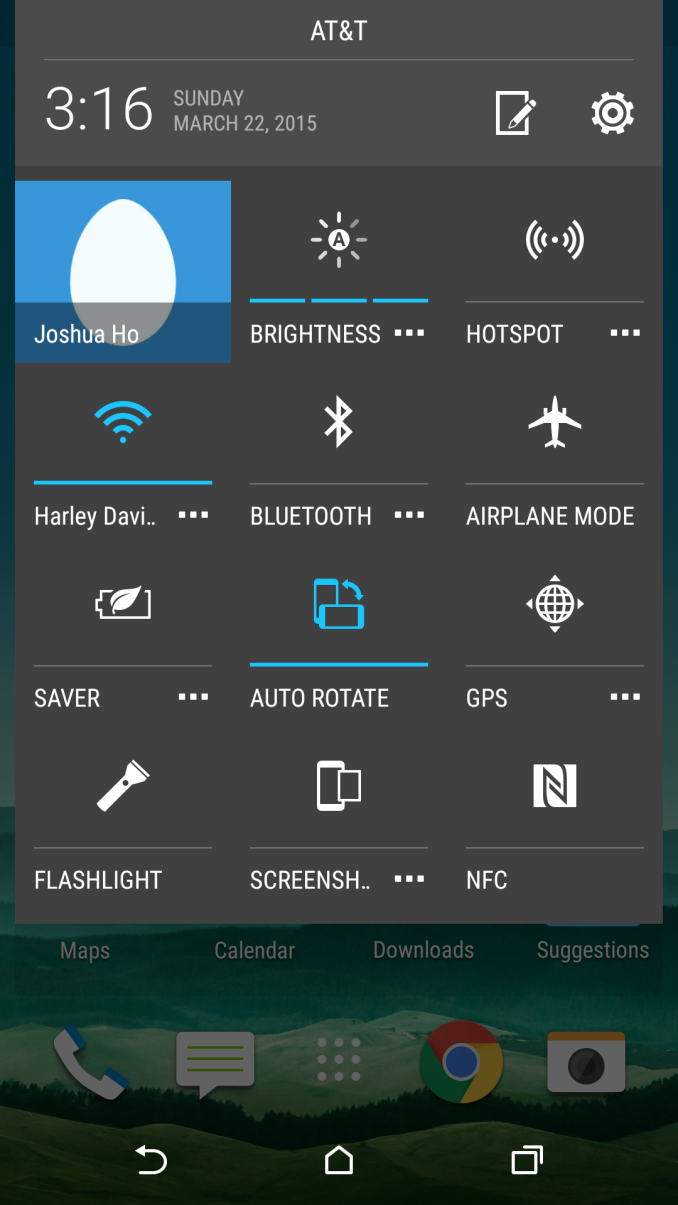








132 Comments
View All Comments
flyingpants1 - Monday, March 23, 2015 - link
Those are the dumbest reasons I have ever seen. One front speaker is infinitely better than one rear speaker. IR blaster is a gimmick feature. Amoled.. You're blaming Amoled for lollipop being white.. Jesus.hughlle - Tuesday, March 24, 2015 - link
One front speaker is worse than 2 front speakers. You call it a gimmick, others call it a great feature; I certainly wouldn't buy a new phone if it didn't have an IR blaster. And no, where did he blame amoled? He said that because lollipop is so white then the power saving ability of amoled is not really relevant in lollipop.Nice try and trying to spin everything though.
flyingpants1 - Monday, March 23, 2015 - link
Lol.. You can get used to having no buttons. You know like LG, Sony, Nexus 4,5,6, Motorola..You can't get used to having no front speakers.
Also the M9 has mSD which allows me to dump 128gb of music on there, or record 1080p videos continuously and switch out cards.
Black Obsidian - Tuesday, March 24, 2015 - link
Of course you can get used to having no front speakers. It's not as though rear-facing speakers don't work at all.Presumably the M9 also comes with a headphone jack and Bluetooth audio functionality, both of which offer listening options incomparably better than crappy phone speakers, whatever their orientation.
Notmyusualid - Wednesday, March 25, 2015 - link
I must humbly disagree with you Sir.Whatever 'other' audio connectivity exists, that will not suffice if I lean over to the phone in the car whilst in its holder, and choose to answer with 'speaker'. My GS5 can barely be heard, so bad to the point that I end the call and dial back when I stop.
I drive many company / rental cars, I'm not bluetoothing to each and every one, and I'm not the greatest fan of bluetooth headsets.
Notmyusualid - Wednesday, March 25, 2015 - link
No Sir. I can't get used to having no physical buttons, or M9 it would be for me.It matters not how many devices in existance have them, for I simply find them too buggy to use, they take up valuable screen space, and their nature of appearing / dissappearing gives me chest pains, for want of a better description.
And yes, once you've have had 'quality' front facing stereo speakers, 'it just seems illogical to do it any other way'.
lucam - Sunday, March 22, 2015 - link
Dear Anand,Why you haven't used the new GFXBench 3.1 as well as the new Basemark ES 3.1?
Andrei Frumusanu - Sunday, March 22, 2015 - link
GFXBench 3.1 was recently released only 2 weeks ago and is currently only available for Lolipop devices. We will adopt it in future reviews, but for now we can present more useful comparison data for 3.0.arayoflight - Monday, March 23, 2015 - link
Do you have a Galaxy S6 for review?Also, I think the Manhattan 3.0 and T-rex are more representative of real world performance then the ultra-high load of 3.1 in which the one with more compute performance wins.
lucam - Monday, March 23, 2015 - link
True, but the same was told last year for Manhattan 3.0 as it was very compute for that time.I guess in about 6 months- 1 years all mobile devices will run the new GFX 3.1 smoothly.